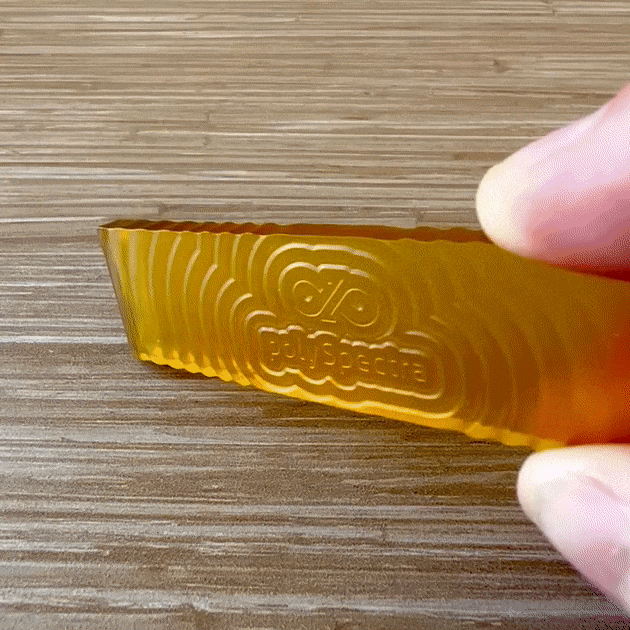Stress Retention in Photopolymer Resin 3D Printing
Introduction
The topic of stress retention in photopolymer resin 3D printing is critical for understanding the mechanical stability and long-term performance of printed parts. Stress retention refers to the residual stresses that remain within a material after it has been processed or deformed. In the context of 3D printing, particularly stereolithography (SLA) and vat photopolymerization, these residual stresses can lead to warpage, dimensional inaccuracies, and potential failure of the printed parts. This report provides a detailed analysis of selected sources that contribute valuable insights into stress retention in photopolymer resin 3D printing.
Source Analysis
Springer Link Article on Residual Stress in 3D Printing
- Title: [Not Provided]
- Link: Springer Link
- Relevance: This source discusses the intrinsic residual stress generated in 3D printing processes, primarily due to material shrinkage. It emphasizes the need for further characterization and quantification of mechanical residual stress and suggests heat post-treatments as a potential solution.
- Reliability: Springer is a reputable publisher in scientific research, making this source reliable. The article appears to be peer-reviewed, which adds to its credibility.
- Significance: The source is significant as it highlights the importance of understanding and controlling residual stress in 3D printed parts. It also points to the need for increased knowledge of printing parameters, which could lead to the development of new devices and optimized processes.
UV+EB Technology Article on Crosslinked Photopolymers
- Title: [Not Provided]
- Link: UV+EB Technology
- Relevance: This article discusses the evolution of UV-curable materials and the R&D efforts to enhance printability and post-processing, including formulating for temperature resistance and toughness.
- Reliability: UV+EB Technology is a publication dedicated to ultraviolet and electron beam technologies, suggesting a specialized focus that can be considered reliable for industry trends.
- Significance: The source is significant as it provides context on how the formulation of photopolymers has evolved to address issues such as stress retention and mechanical properties.
Nature Scientific Reports on Formulated Resin Systems
- Title: [Not Provided]
- Link: Nature Scientific Reports
- Relevance: This scientific report discusses a formulated resin system that could be promising for fabricating flexible and reversible 3D structures. It examines the impact of polypropylene glycol (PPG) on the thermal and mechanical properties of printed parts.
- Reliability: Nature Scientific Reports is a well-respected, peer-reviewed journal, making this source highly reliable.
- Significance: The source is significant for understanding how the addition of certain compounds to photopolymer resins can influence stress retention and flexibility, which is crucial for applications like wearable electronics and soft robotics.
NCBI Article on Vat Photopolymerization
- Title: [Not Provided]
- Link: NCBI
- Relevance: This article provides a comprehensive overview of vat photopolymerization, including the effects of resin properties and part geometry on the printing process. It also discusses the challenges of layer separation and the importance of controlling the refilling time to minimize residual stress.
- Reliability: The National Center for Biotechnology Information (NCBI) is a reliable source for scientific literature, and the article is likely peer-reviewed.
- Significance: The source is significant as it delves into the technical aspects of vat photopolymerization that directly relate to stress retention, such as resin viscosity and layer separation forces.
ScienceDirect Article on Residual Stress in Additive Manufacturing
- Title: [Not Provided]
- Link: ScienceDirect
- Relevance: This article explores the control of residual stress in material extrusion 3D printing through material formulation. It discusses the impact of additives on residual stress and the correlation between feedstock molecular design and the residual stress of printed parts.
- Reliability: ScienceDirect is a leading platform for peer-reviewed literature, and the article is likely to be reliable.
- Significance: The source is significant for its focus on the molecular-level understanding of residual stress, which is directly applicable to the study of stress retention in photopolymer resin 3D printing.
ScienceDirect Review on Vat Photopolymerization Additive Manufacturing
- Title: [Not Provided]
- Link: ScienceDirect
- Relevance: This review paper covers the recent development of vat photopolymerization-based additive manufacturing technologies, including high-speed printing strategies and high-resolution VPP. It also discusses the challenges of separation force and the importance of material selection.
- Reliability: As a review article on ScienceDirect, this source is reliable and provides a comprehensive overview of the field.
- Significance: The source is significant for its in-depth analysis of vat photopolymerization, which is essential for understanding the factors that contribute to stress retention in photopolymer resin 3D printing.
Conclusion
The selected sources provide a multifaceted view of stress retention in photopolymer resin 3D printing. They cover the intrinsic challenges of residual stress, the impact of material properties and formulations, and the ongoing research to improve the mechanical performance of printed parts. Each source contributes valuable information that can help researchers and practitioners better understand and mitigate the effects of stress retention, ultimately leading to the production of more reliable and durable 3D printed components.
Recommendations
For a comprehensive study on stress retention in photopolymer resin 3D printing, it is recommended to review these sources in detail. They offer a blend of theoretical insights, industry perspectives, and practical considerations that are crucial for advancing the field of additive manufacturing. Researchers should focus on the interplay between material chemistry, printing parameters, and post-processing techniques to develop strategies for minimizing residual stress and enhancing the quality of 3D printed parts.
